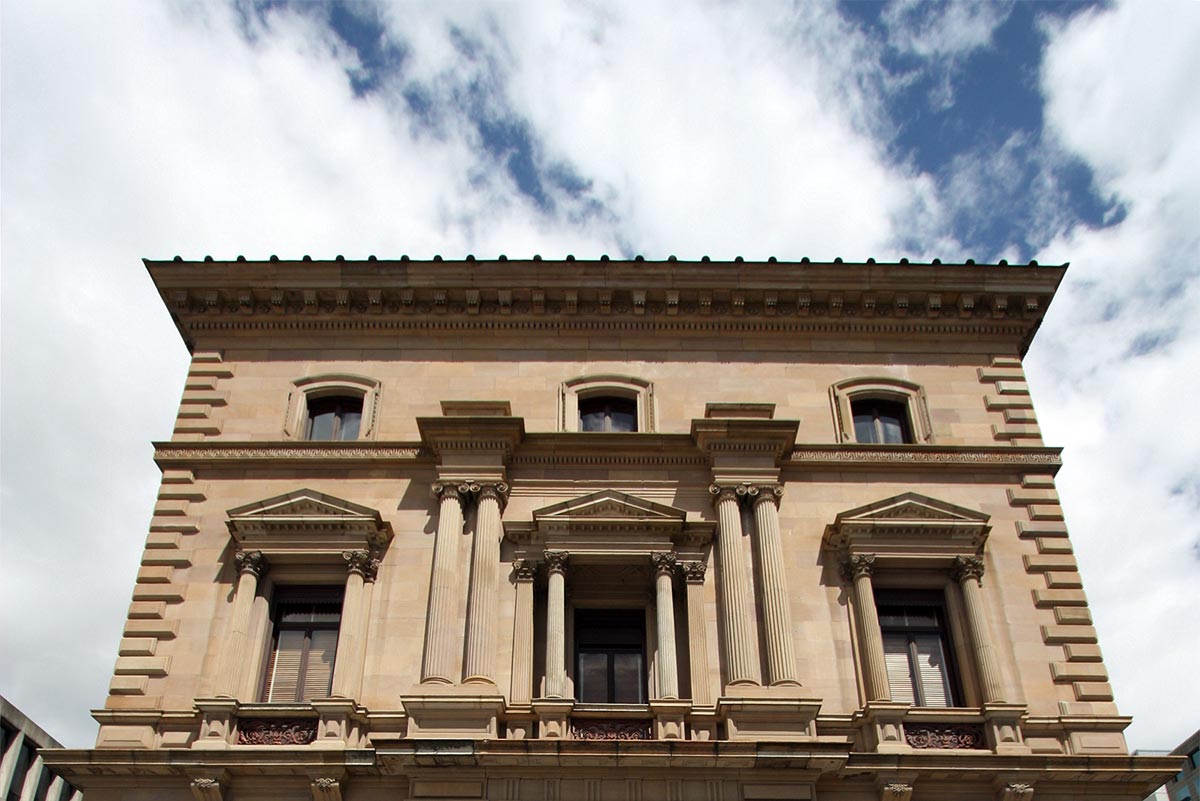Good luck lies between us and some tough decisions on state spending
It’s a tale of two Budgets. Victorian Treasurer Tim Pallas stood up in state parliament yesterday and announced four years of Budget surpluses. Next week federal Treasurer Scott Morrison will almost certainly announce another four…
Published by Herald Sun, Wednesday 3 May
It’s a tale of two Budgets. Victorian Treasurer Tim Pallas stood up in state parliament yesterday and announced four years of Budget surpluses. Next week federal Treasurer Scott Morrison will almost certainly announce another four years of Commonwealth Budget deficits.
There’s an element of luck, good and bad, in the two stories. Forget mansion owners in Toorak, the biggest winner from Victoria’s property boom is Tim Pallas. Even after adjusting for inflation, land tax revenues are more than double what they were 10 years ago. Total taxes on property (including stamp duties) are up 70 per cent. Payroll taxes have also grown strongly.
Scott Morrison, by contrast, has a revenue problem. Record low income growth has hit income-tax collections. The “bracket creep” that the federal government was hoping would bring the budget back to surplus hasn’t happened. And company tax revenues are sluggish because of falling commodity prices and post-GFC loss write-offs.
So what is the Commonwealth doing? Squeezing the states, of course. Joe Hockey made the big play in the 2014 federal Budget when he ripped up the Gonski and health reform agreements signed with the states. That has reduced Commonwealth hospital spending on Victorians by $150 million to date. And it leaves future Victorian governments with an ever-widening gap between the costs of hospitals and schools and the amount of Commonwealth payments they get.
Tim Pallas will be looking to Tuesday’s federal Budget with some trepidation. He can expect Scott Morrison to at least cast his eye over community housing, skills and disability funding to save a few dollars.
Infrastructure is the other area where the squeeze is on — at least for Victorians. The Victorian government makes a particular point in the Budget papers to draw our attention to the lack of support it is getting from Canberra for roads and railways. The figures provided are pretty damning: Victoria has a quarter of Australia’s population but will get only 8.5 per cent of Commonwealth spending on infrastructure over the next five years. And this continues the trend of the past decade: Grattan Institute’s 2016 Roads to Riches report showed that, per person, Commonwealth infrastructure spending in Victoria has been well below other states since 2006.
It is surely no coincidence that the states with the highest Commonwealth support — NSW and Queensland — are the ones where federal elections are won and lost. That is not helpful for a Victorian government pursuing a program of $9.6 billion in annual capital investment spending over the next four years, including on major projects such as Metro rail and the West Gate Tunnel.
But the longer-term outcome for Victoria might not be as bad as it looks. The way GST revenues are distributed to equalise opportunity across states means some of this “lost” infrastructure money comes back via the GST. Victoria’s share of GST revenues is expected to increase over the next four years.
The official title for this Victorian Budget is “getting on with the job”, but perhaps the right one would be “going it alone”. Beyond supporting its own program of capital works, the Victorian Budget makes new provisions to fill the Commonwealth gap on schools ($1.3 billion) and health ($2.9 billion).
This is all well and good if Victoria’s revenues hold up. Indeed, the Andrews Government has been able to do those things while pursuing new initiatives including $1.9 billion on family violence and $2 billion on police. Tax rates have largely been kept steady, apart from some payroll cuts for small and regional businesses.
But Victoria won’t be able to go it alone forever. Good luck has a habit of running out. The state Budget remains exposed to slowing economic growth or a cooling of the housing market. Every 1 per cent decline in property turnover wipes $64 million off Victorian government revenues. And every 1 per cent reduction in house prices is another $68 million lost. A serious housing slowdown would see both occur simultaneously.
The good luck of our state government has shielded us from the pain of Commonwealth cuts — so far. We have to hope that when its luck runs out, the state government won’t have forgotten how to make hard decisions.
 Published by
Published by